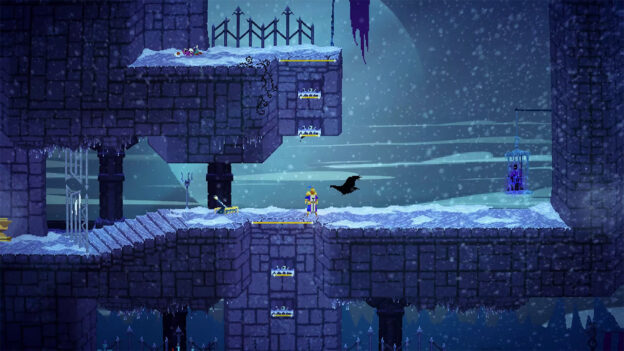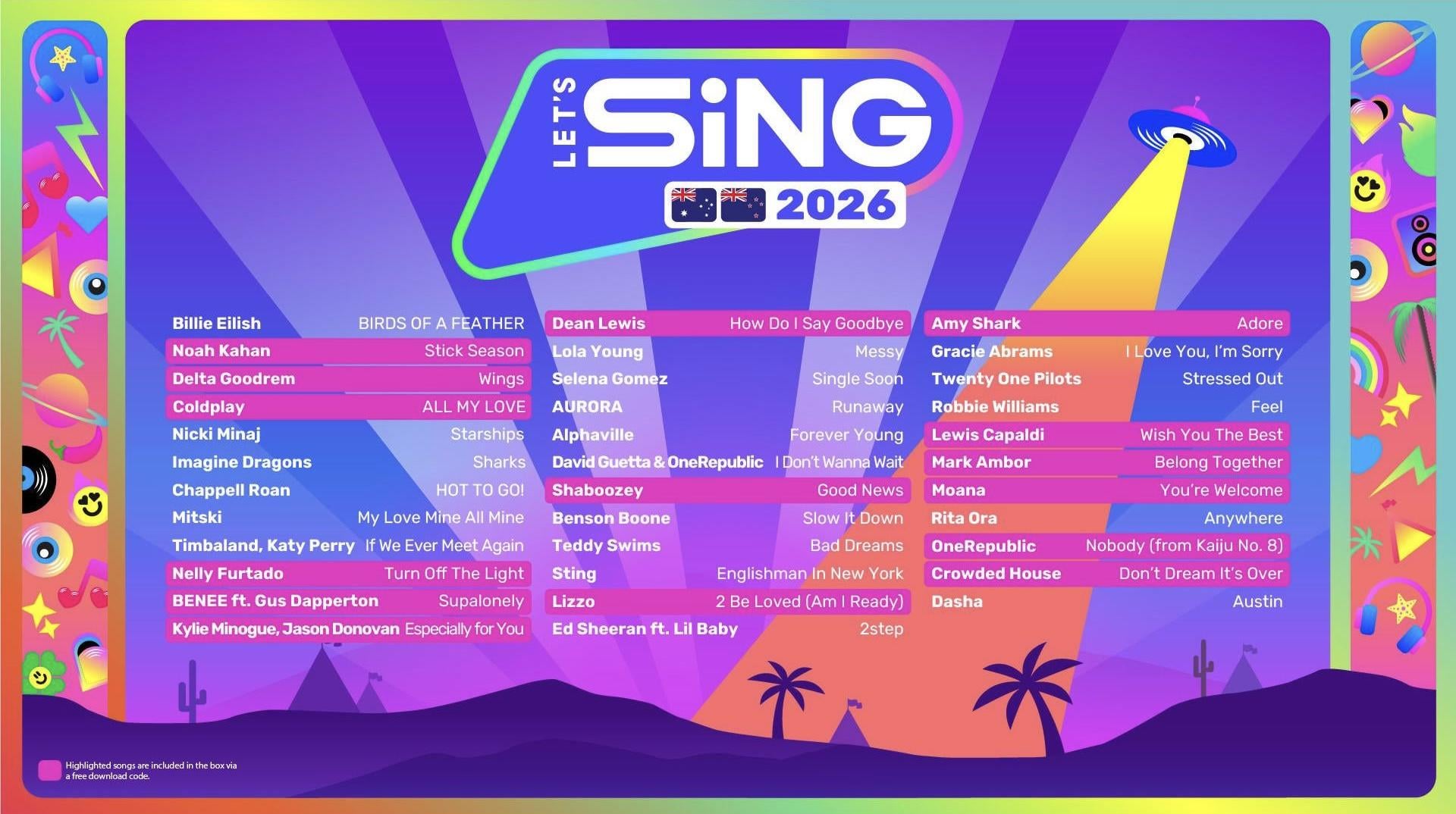Hindsight Review – Review – Nintendo World Report

A heavy narrative experience with a unique use of camera and perspective.
Reviewing something that is almost entirely story-based is never an easy task because so much of what makes it good or bad can’t be revealed without giving away its secrets, what makes it special. Hindsight is a narrative experience that features almost nothing in the way of gameplay, but it makes interesting use of camera manipulation to showcase each scene of a woman’s past and present. Even if the game itself is brief and not really meant to be replayed, the way in which it infuses melancholy, nostalgia, and grief into its tale make it worthy of a second look.
Hindsight’s story centers on an adult woman and the reminiscing she does in returning to her old family home to gather her mother’s possessions after she passes. There’s no getting around the fact that in-between the happy memories she recalls are moments of sadness and regret at the choices she made in her life and the missed connections with her parents, her mother in particular. The way in which the game skillfully flits back and forth between past and present enables a poignant story to be told, and its division into eight or so small chapters mean that you don’t have to finish it all in one sitting—which may be a good idea.

In terms of how the game controls, the left stick manipulates the on-screen cursor while the right moves the camera. However, it is manipulation of the camera, both in terms of searching for prompts to click on and adjusting the angle to make new, clearer images appear, that adds a unique agency to one’s time with Hindsight. Just as you might twist a kaleidoscope to see changing patterns or adjust a telescope to bring a picture into focus, here you move the camera up and down until an object on screen reveals a new scene behind it. By using the A button to click on that object, you’ll be able to advance to the next scene and progress the story. At times you’ll also encounter puzzle pieces that can be manipulated, drawers and cabinets that can be opened, and even a candle that can be lowered or raised to fast-forward or rewind time during a dinner scene. Part of the enjoyment and charm (and once in a while frustration) is trying to find the objects in each scene that have a subtle glow to them, which indicates that they can be interacted with; fortunately, most scenes only have one of these at a time when you’re attempting to move from one scene to the next.
While much of the game’s storytelling is visual, there is some amount of dialogue in each chapter that highlights the narrator’s feelings as she goes through her mother’s things and reflects on their lives together. The voice work, while delivered in a somewhat matter-of-fact way, is quite strong and adds to the touching emotional impact of the story. The background music is subtle and fades in and out as needed, working well to let the story breathe or punctuate particular moments in equal measure. The art style isn’t especially striking in its simplicity, but the use of light and color pair exquisitely with the pseudo point-and-click gameplay.

Hindsight offers a choice at the end of each chapter: which of a small set of items that each have some sentimental value should she pack in her suitcase? I found that there wasn’t a definitive option, and that’s the point. Hindsight isn’t always 20/20; when we look back, we don’t always see something entirely as it is, nor can we carry forward every piece of our past. There will always remain questions to be asked and mysteries to be solved. As a game, Hindsight isn’t difficult to play or frustrating to figure out. Rather, it asks us to consider what questions we might ask our loved ones when they’re gone, perhaps nudging us to start that meaningful work now, while we still have time. If you’re looking for an experience that’s light on gameplay but heavy on the heartstrings, Hindsight is very much a sight to behold.




